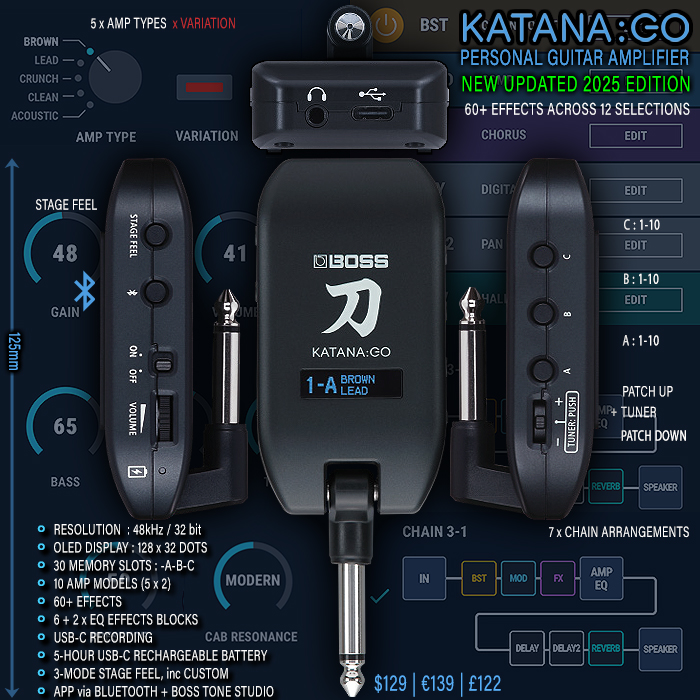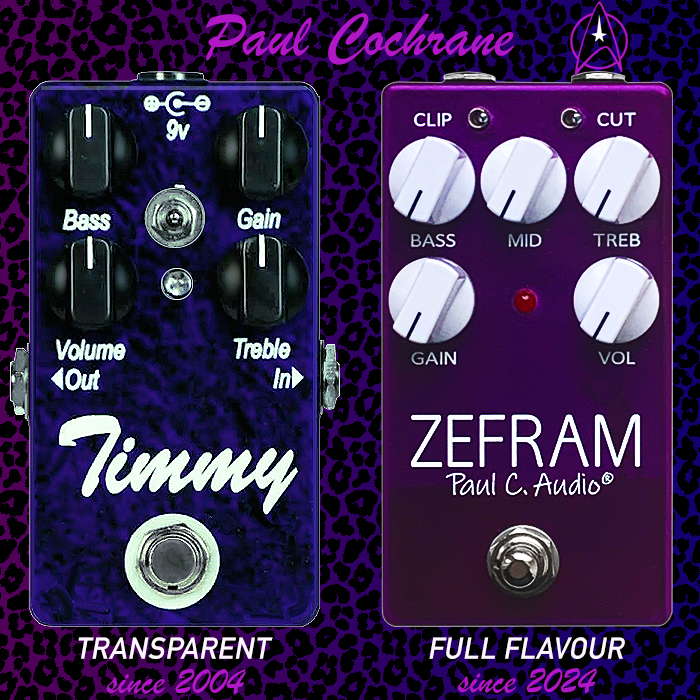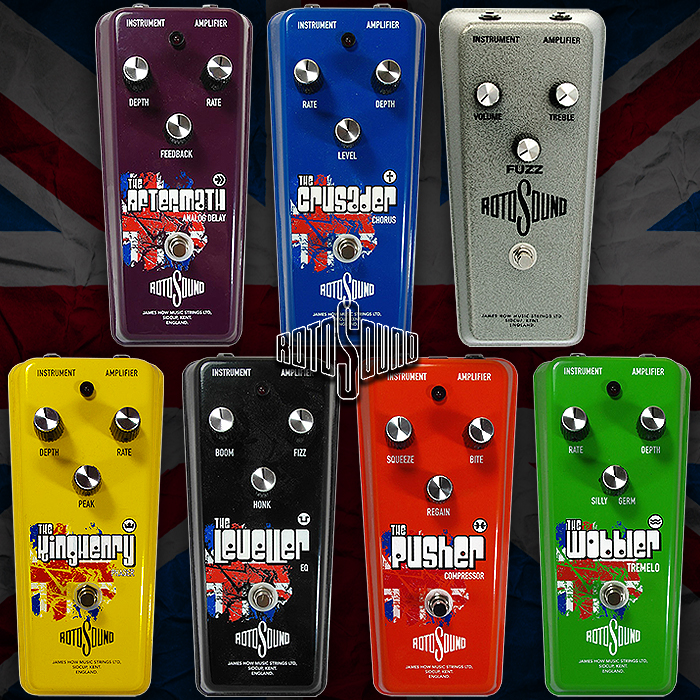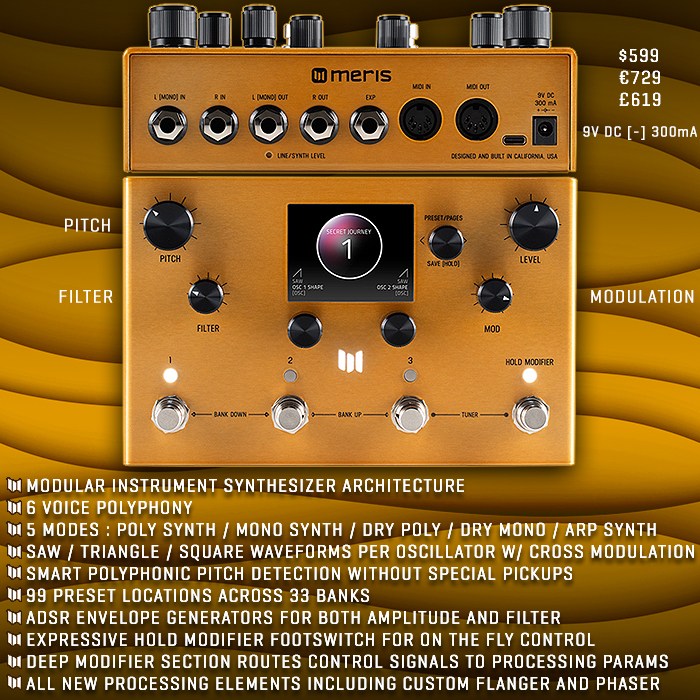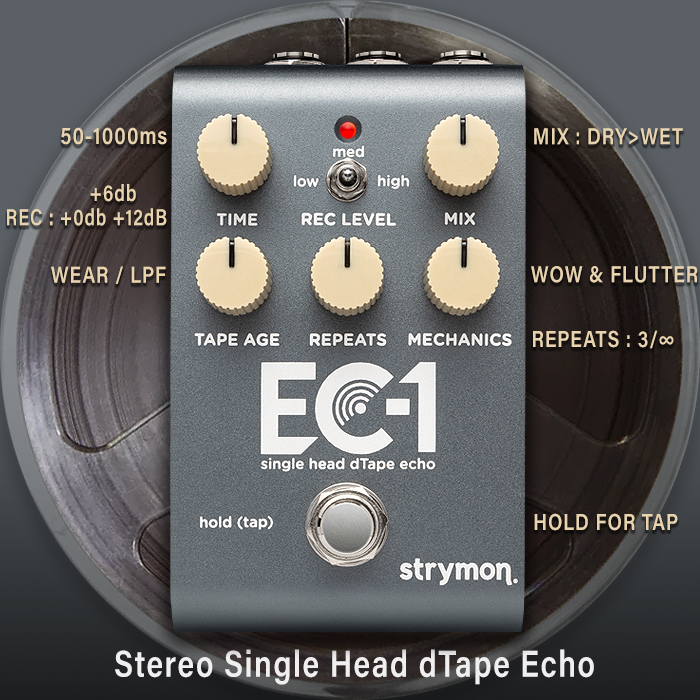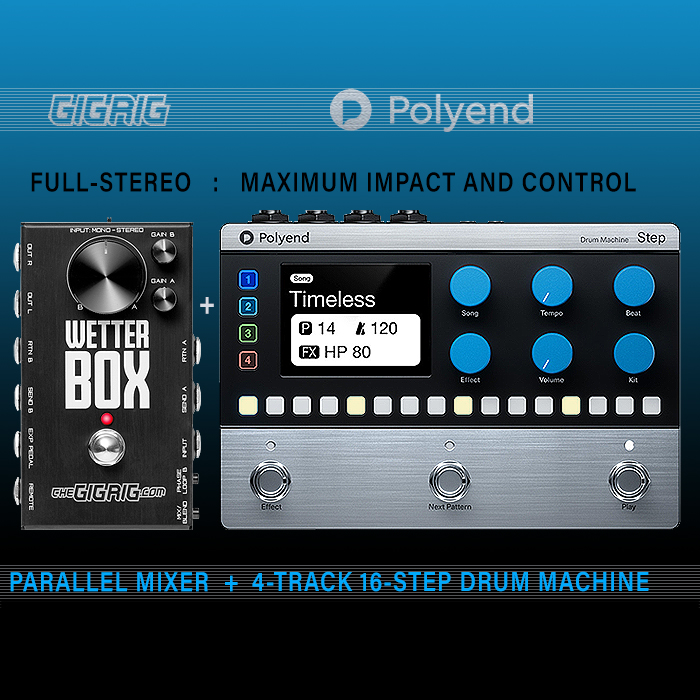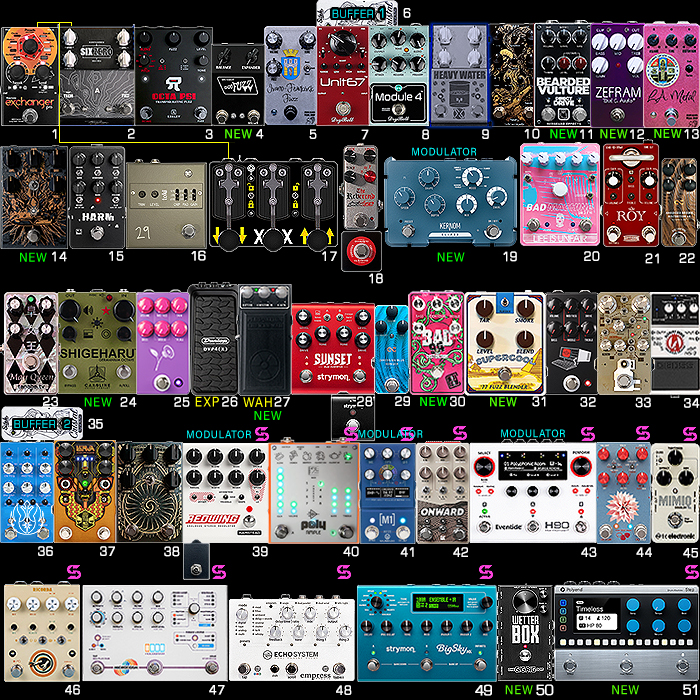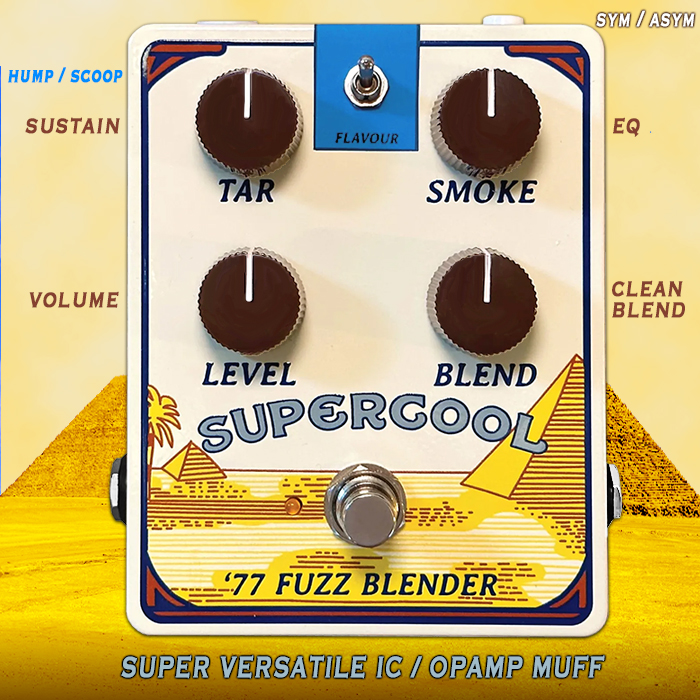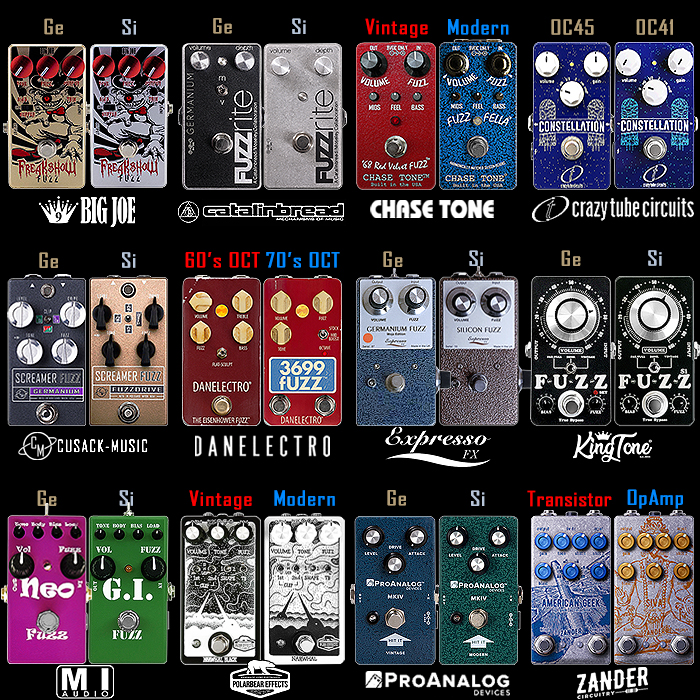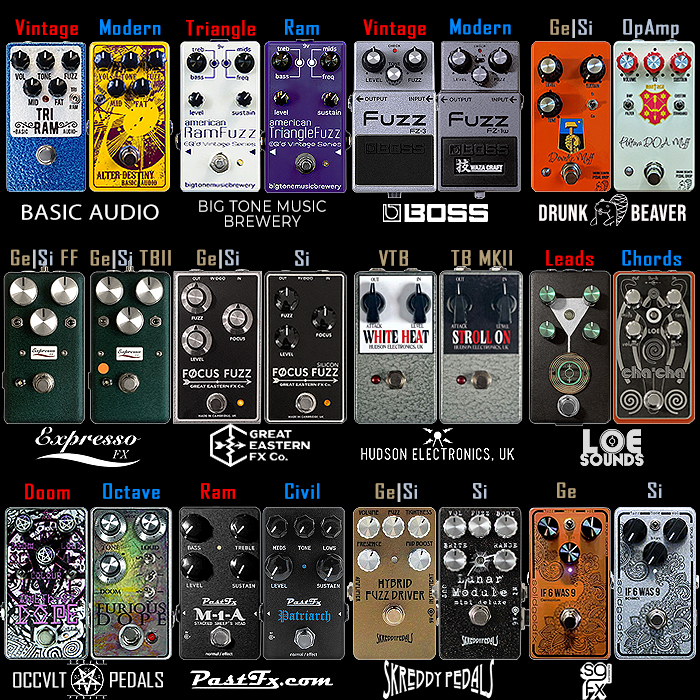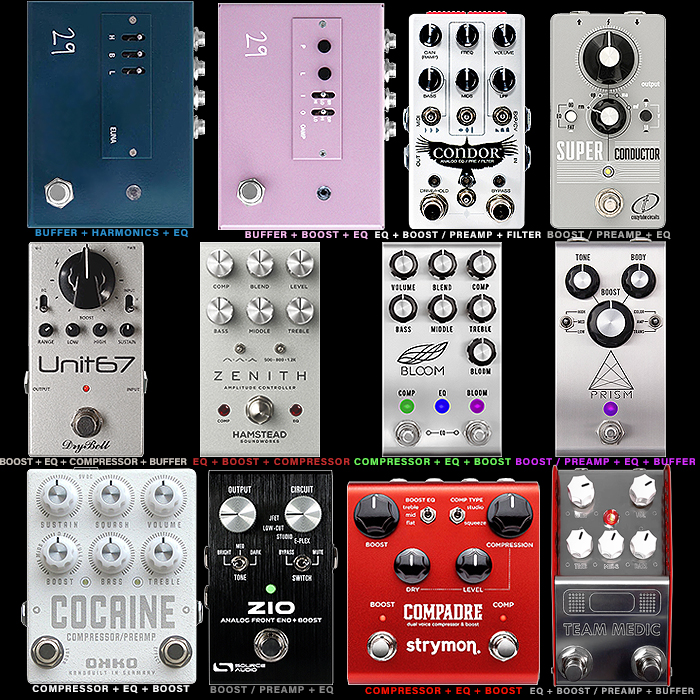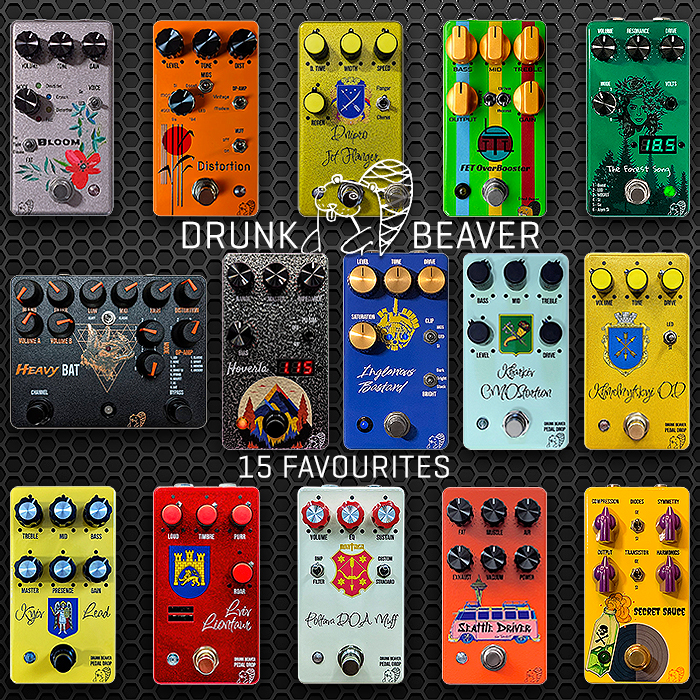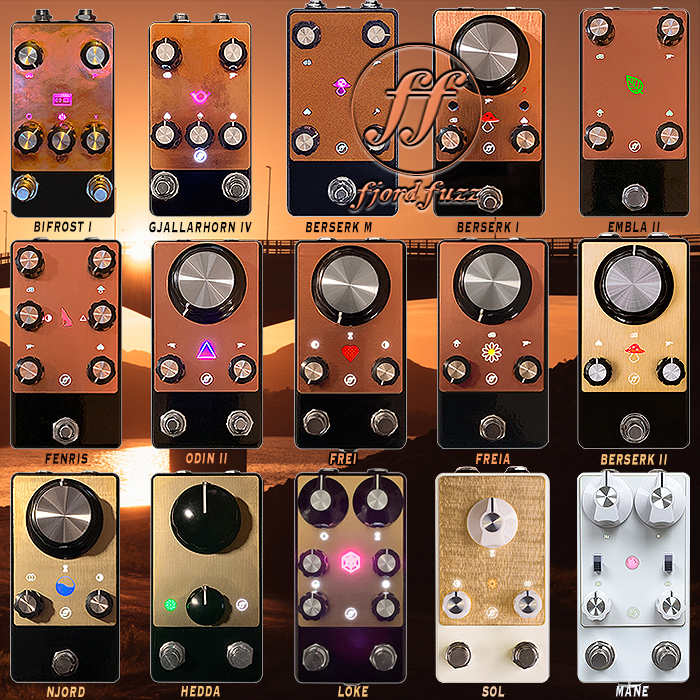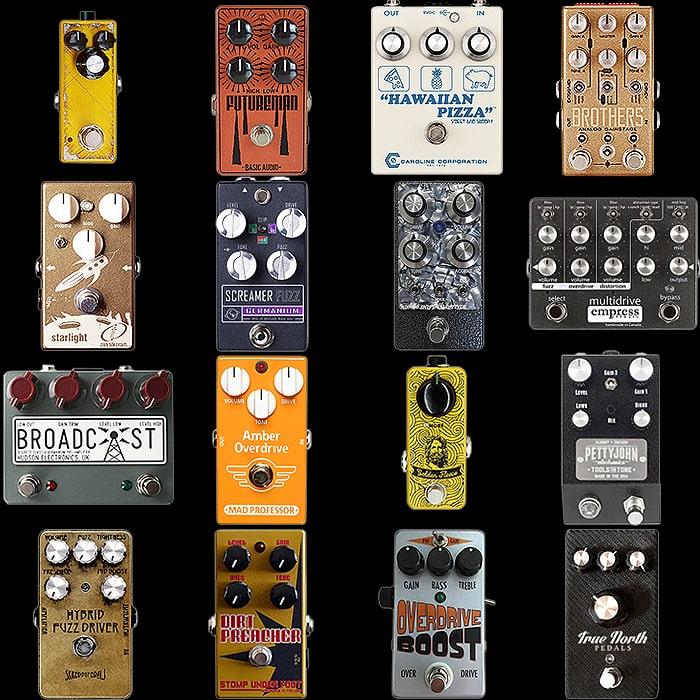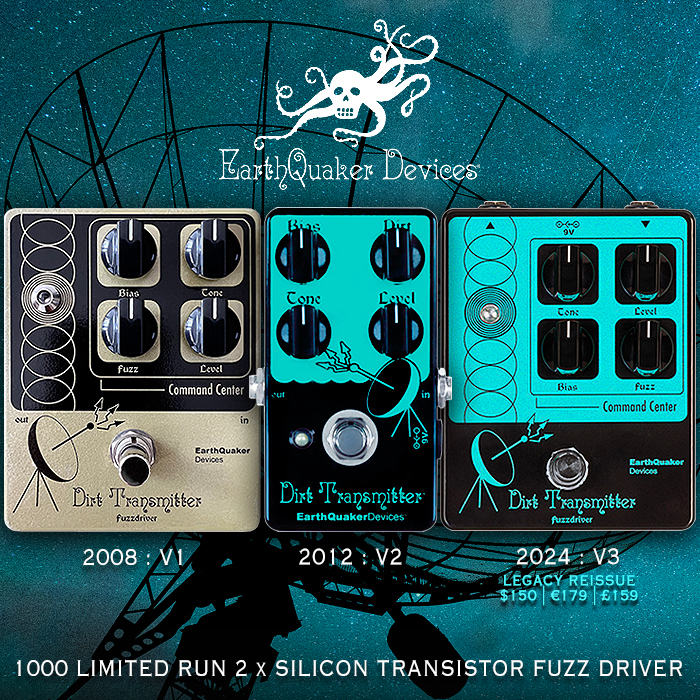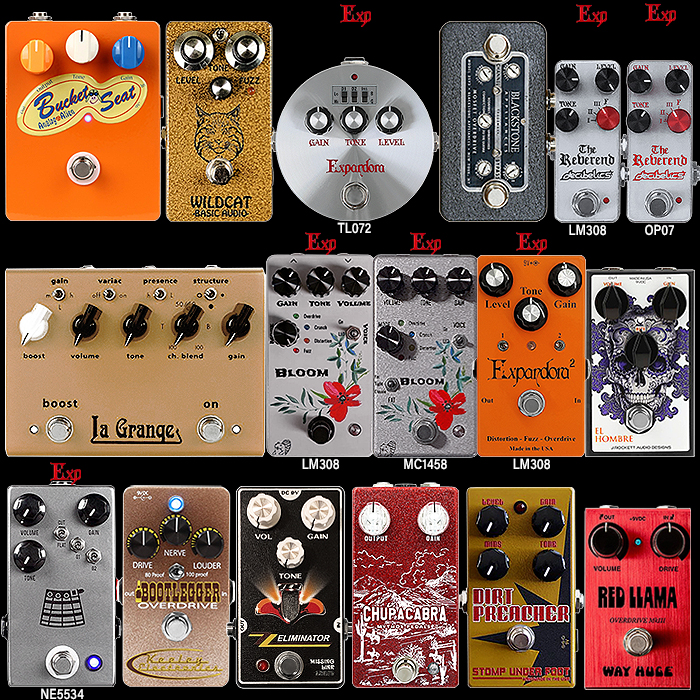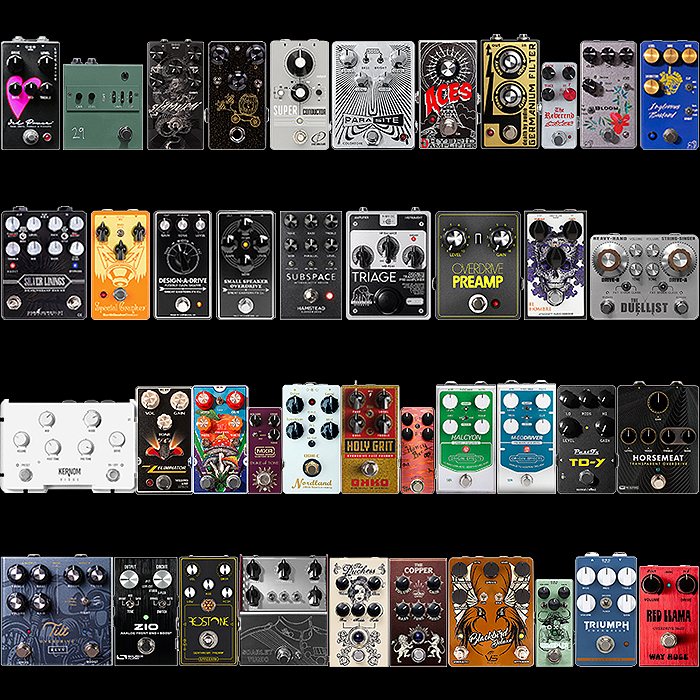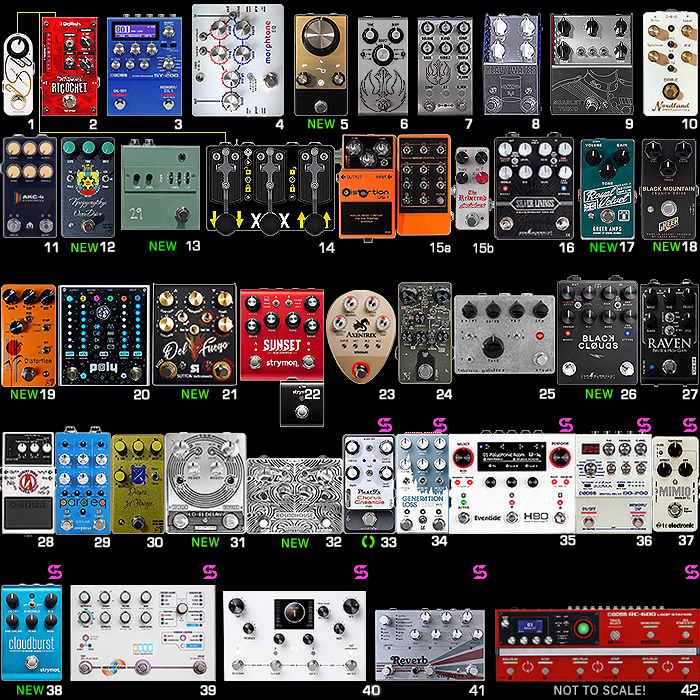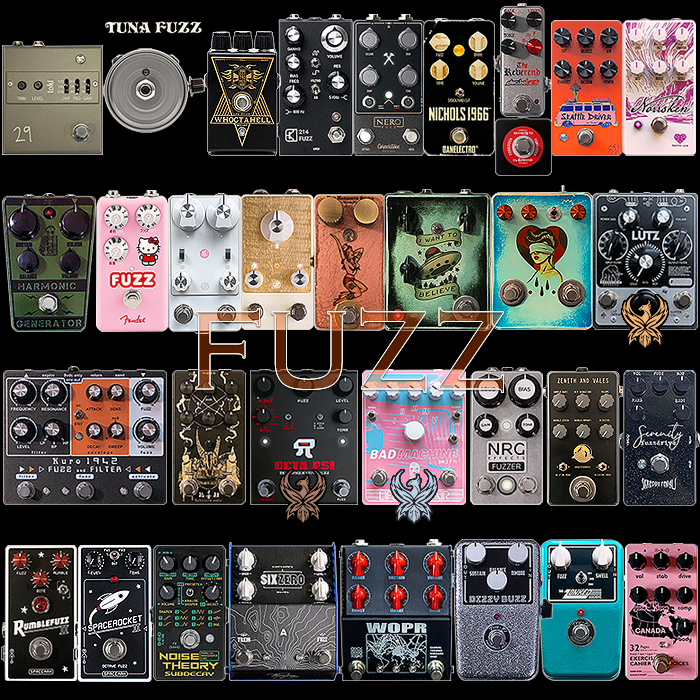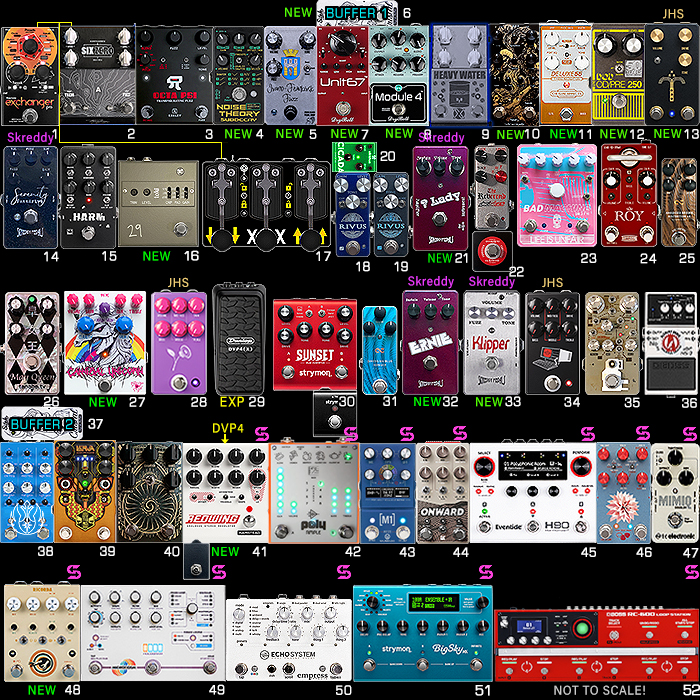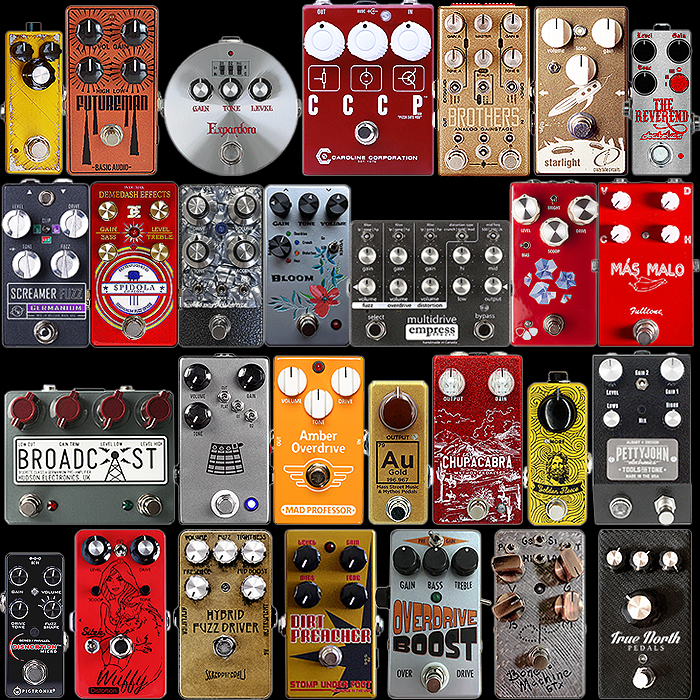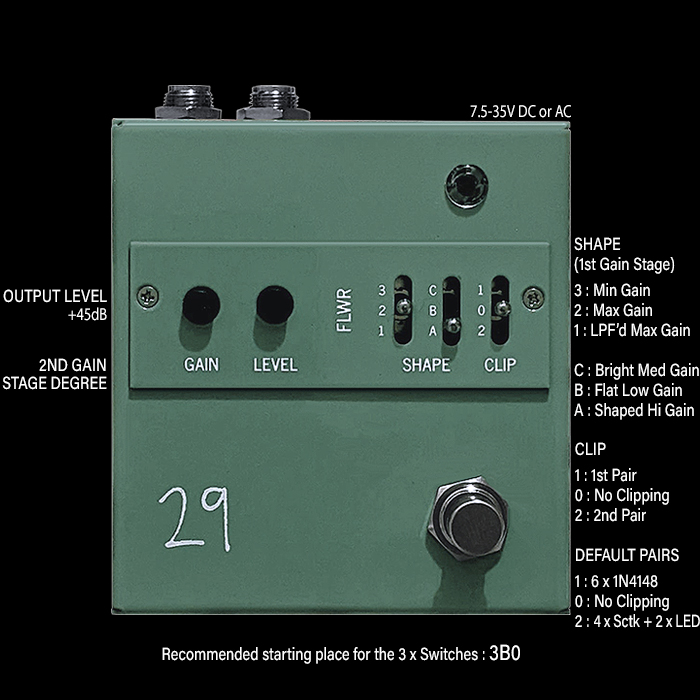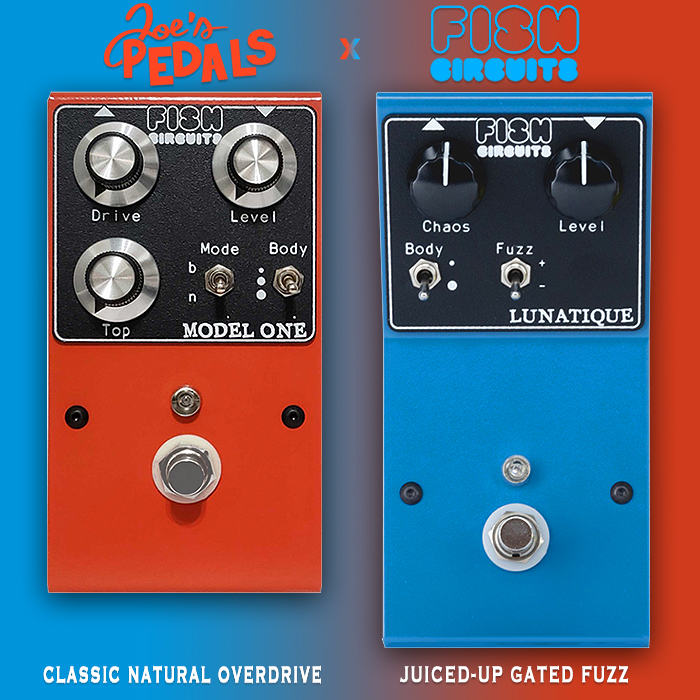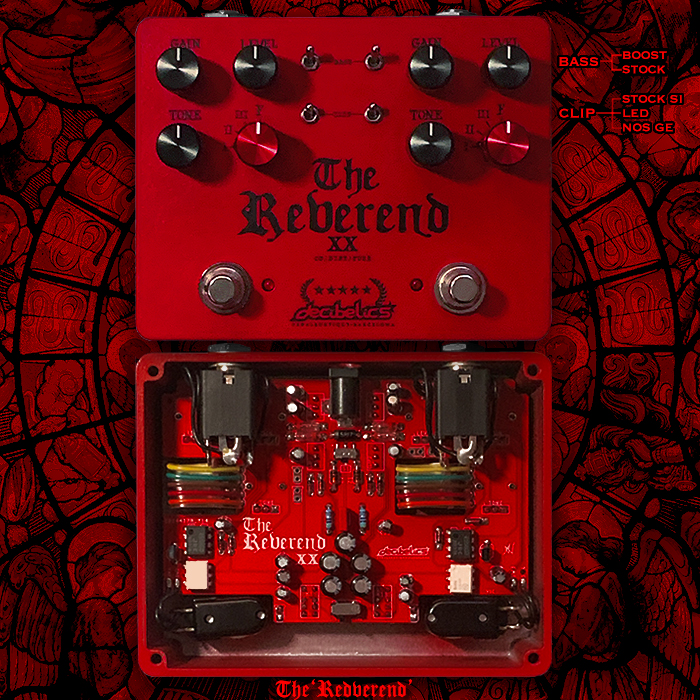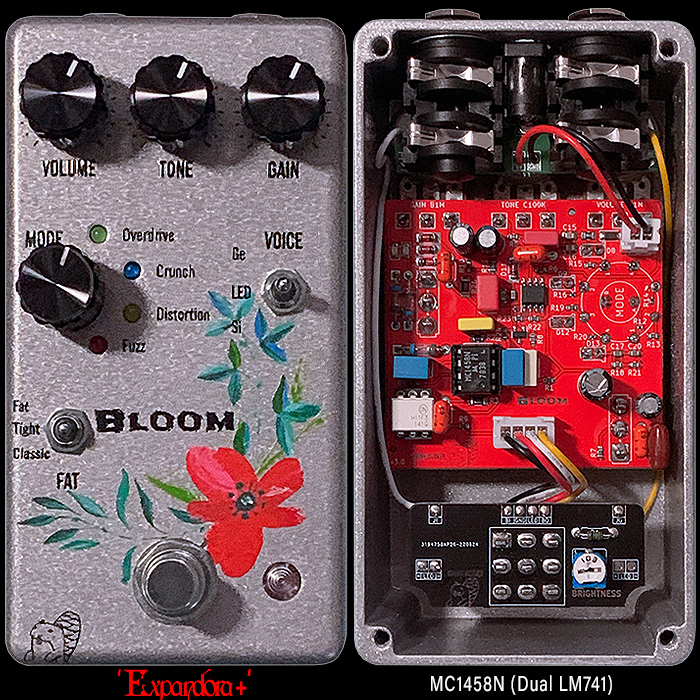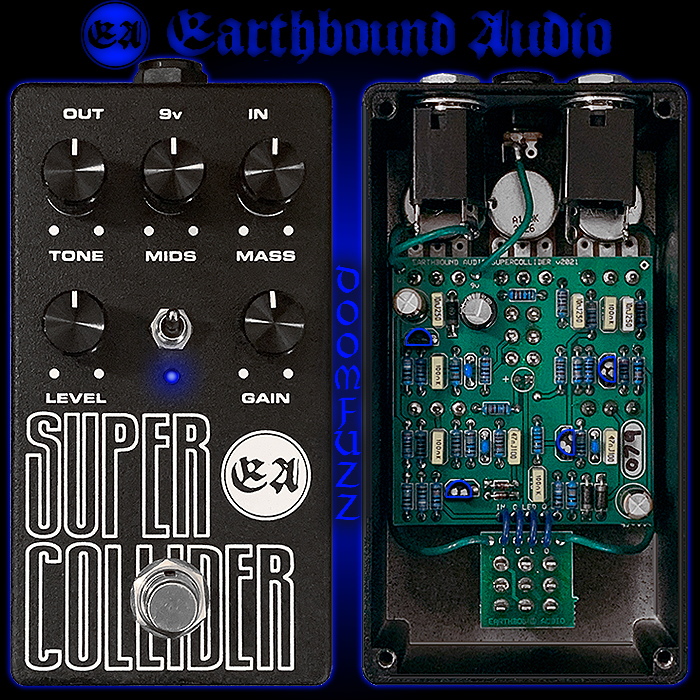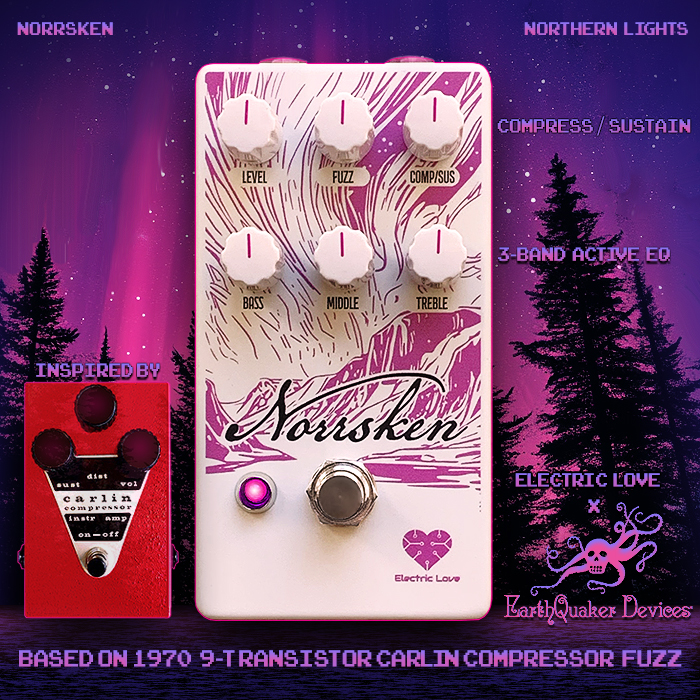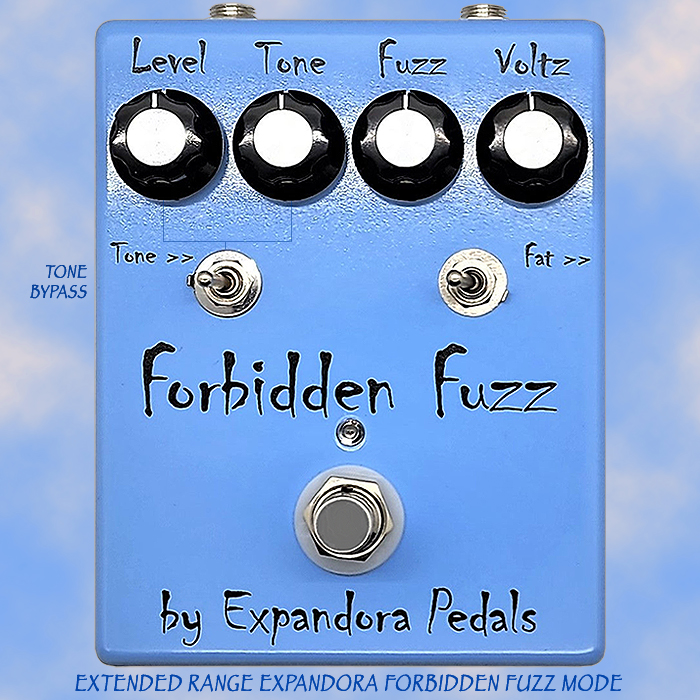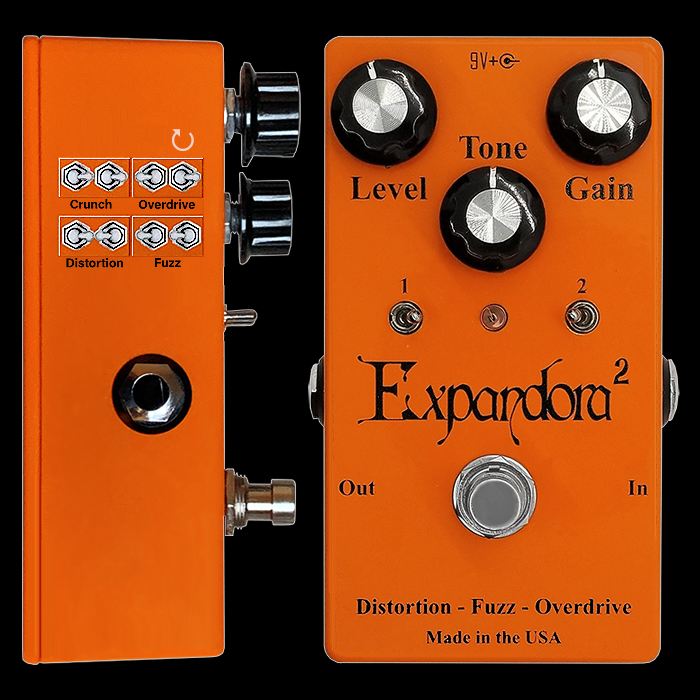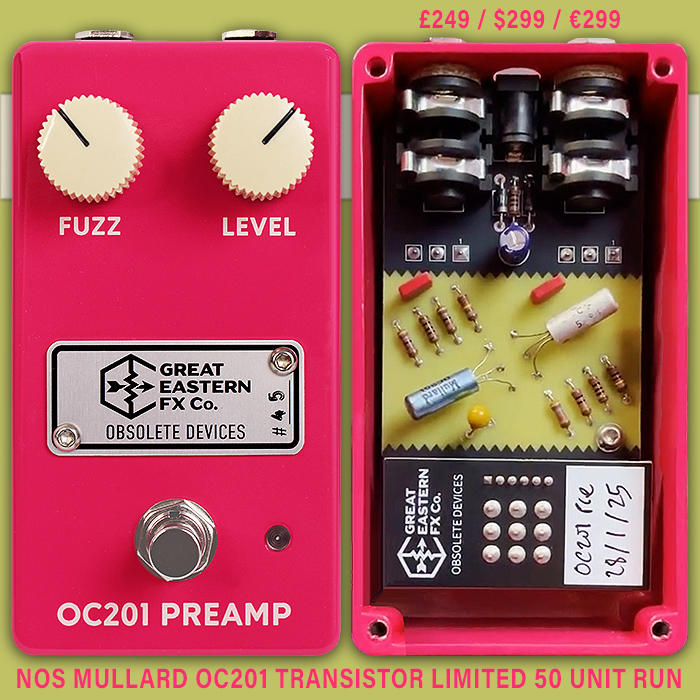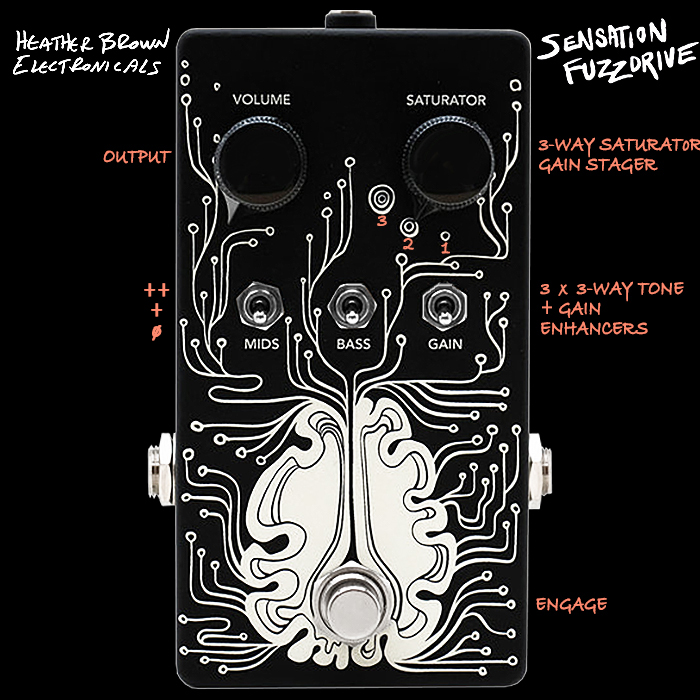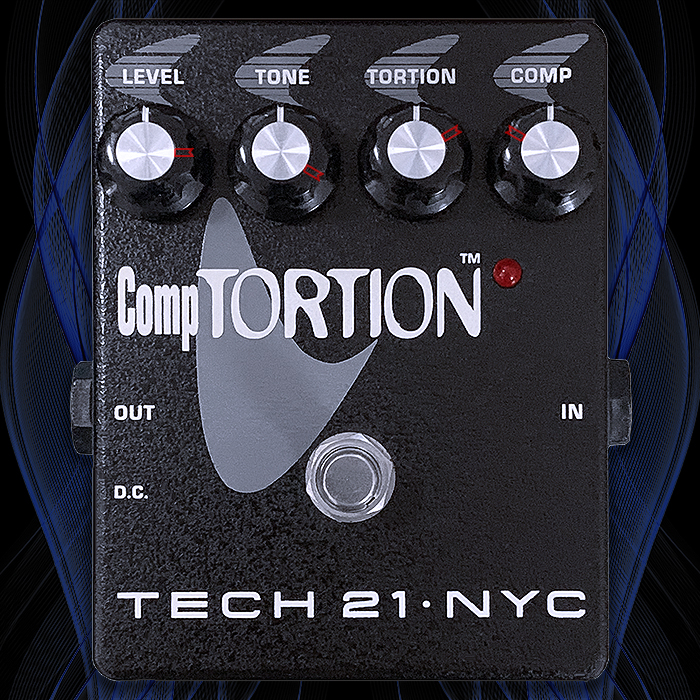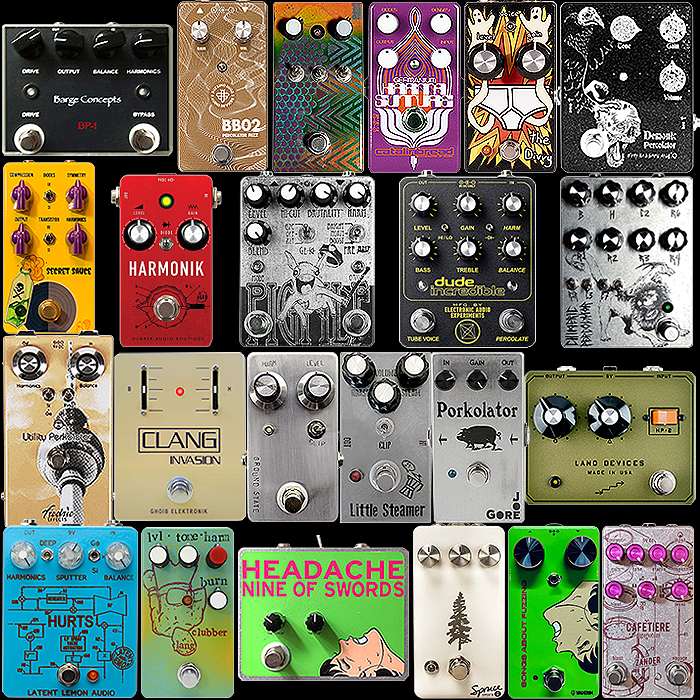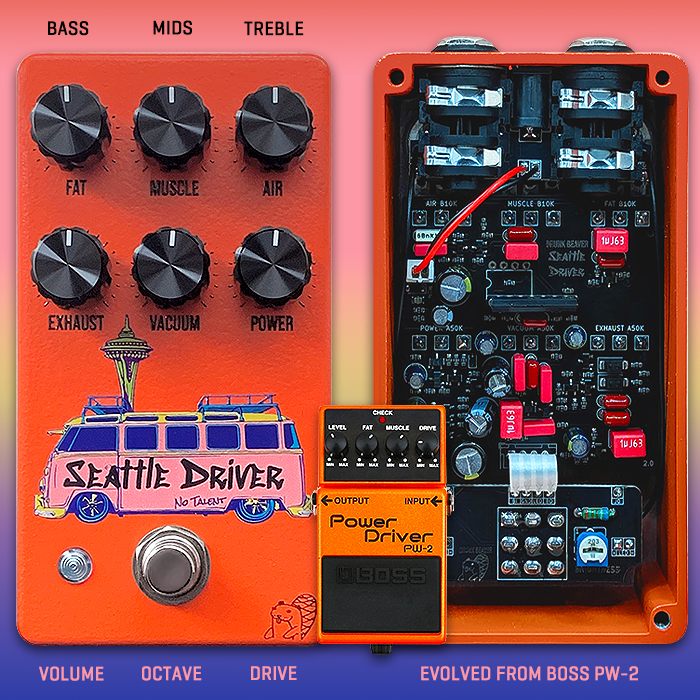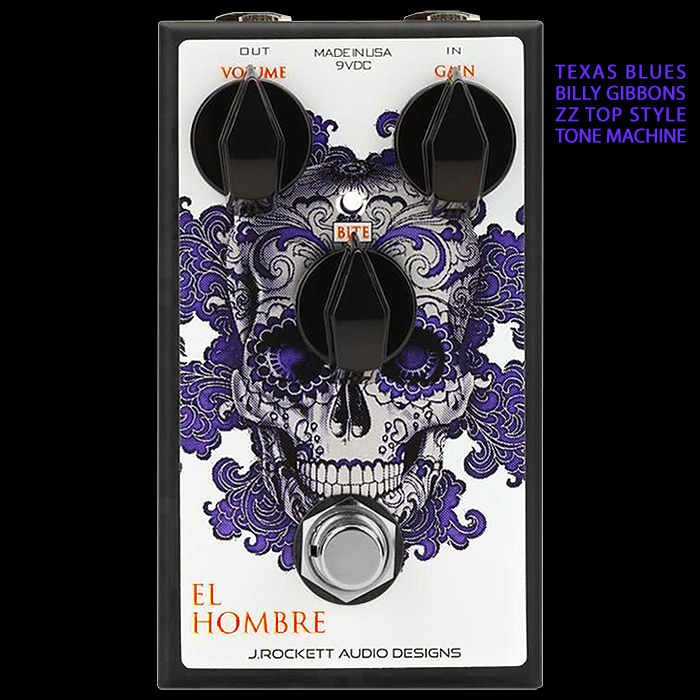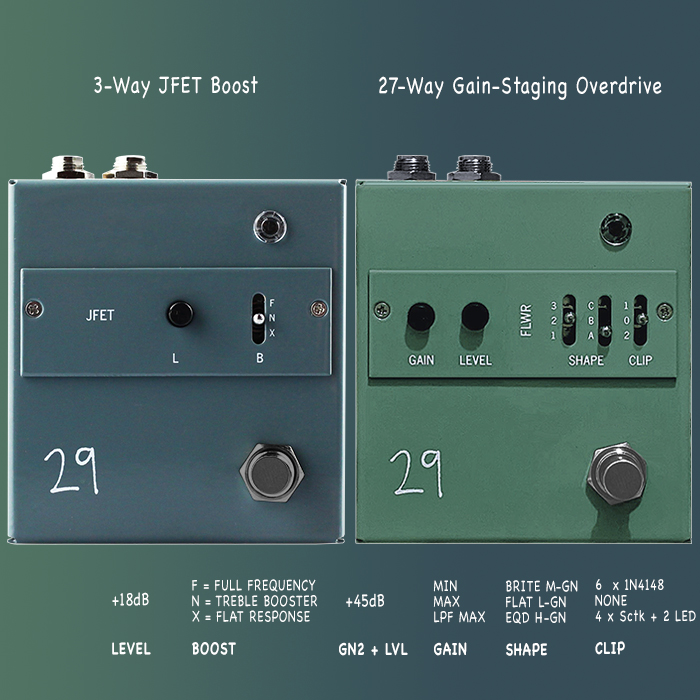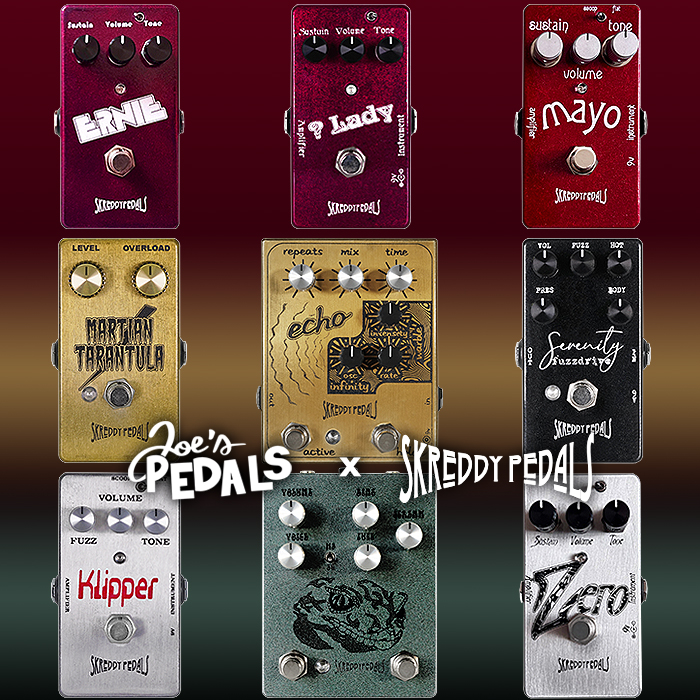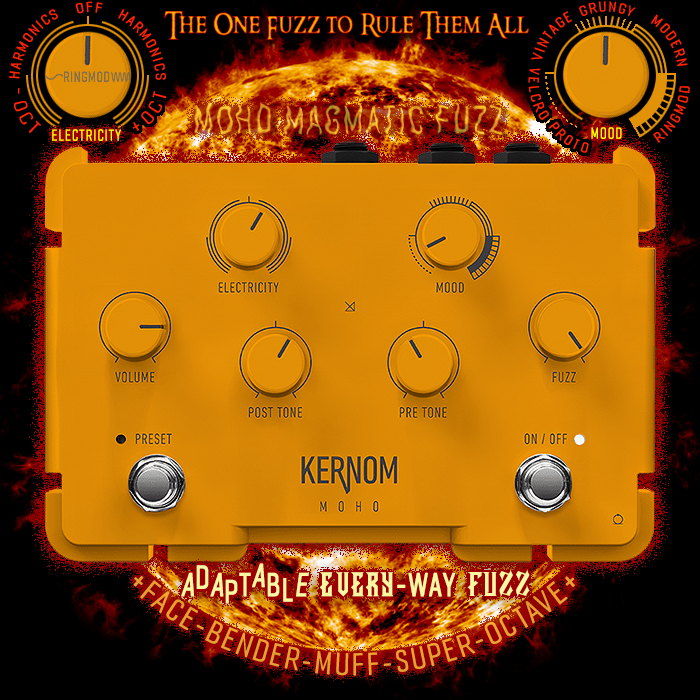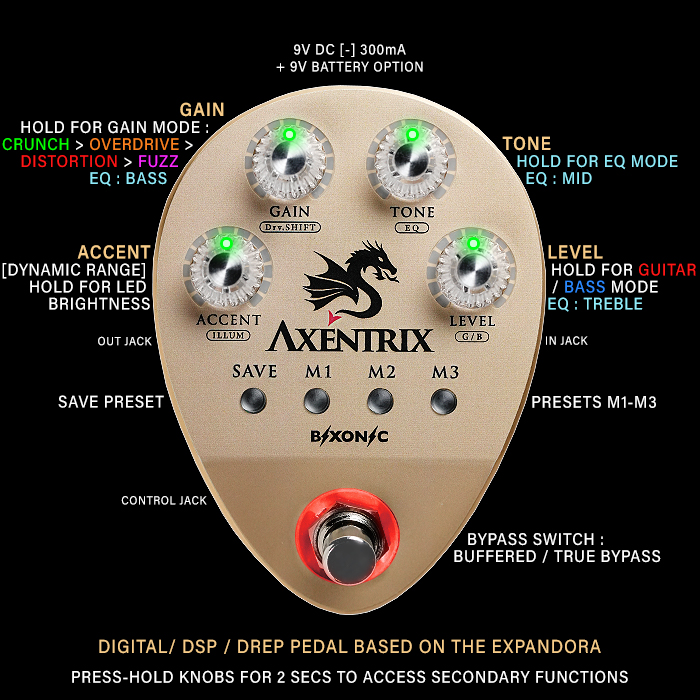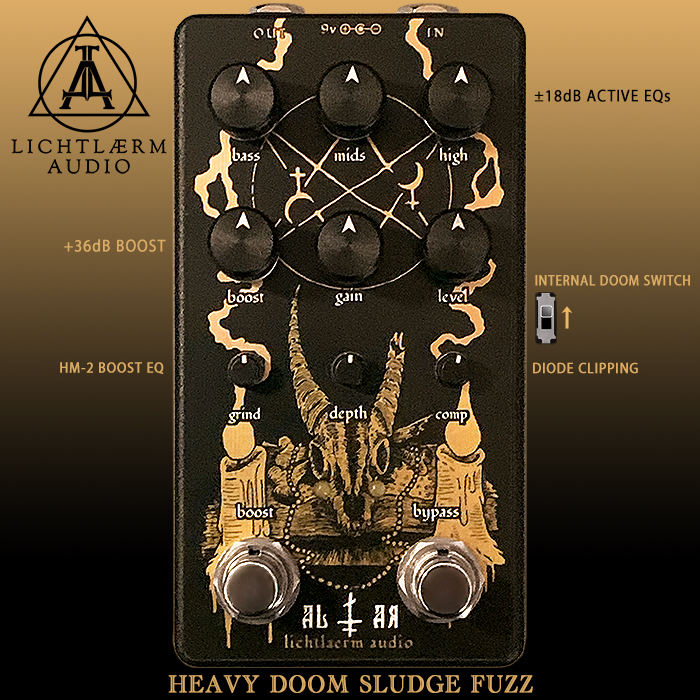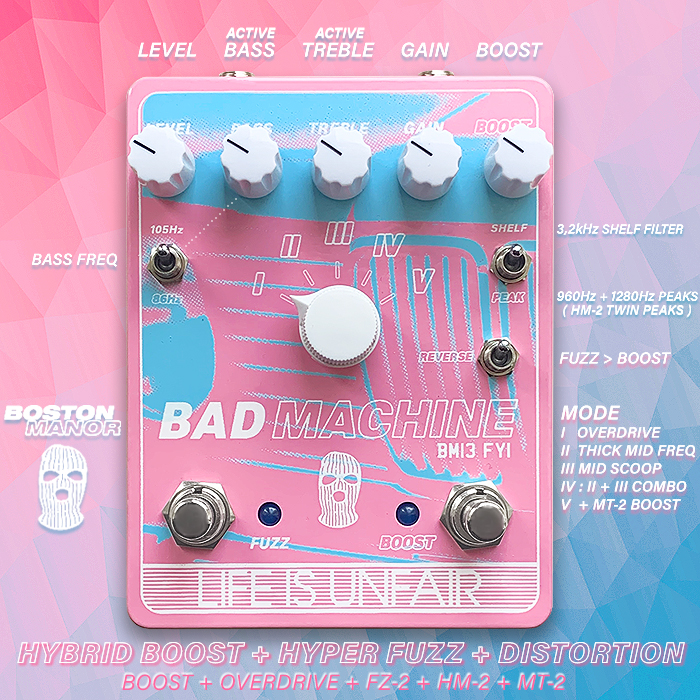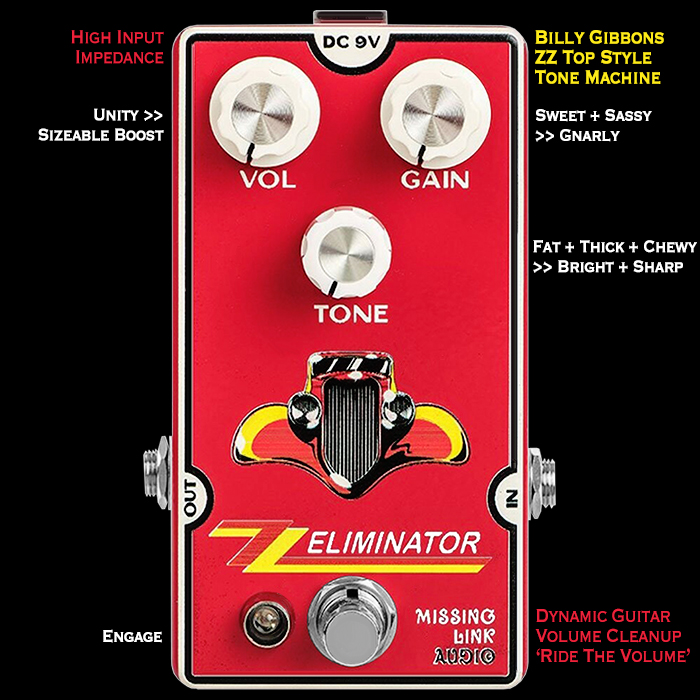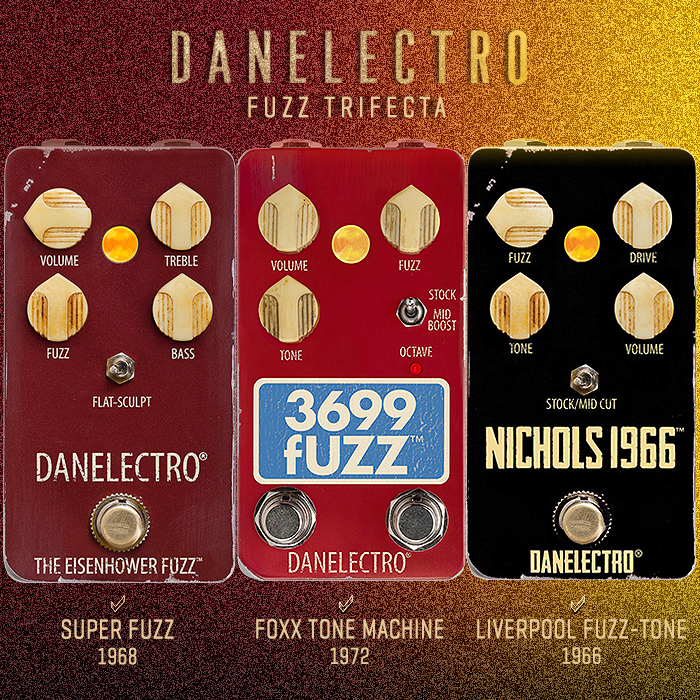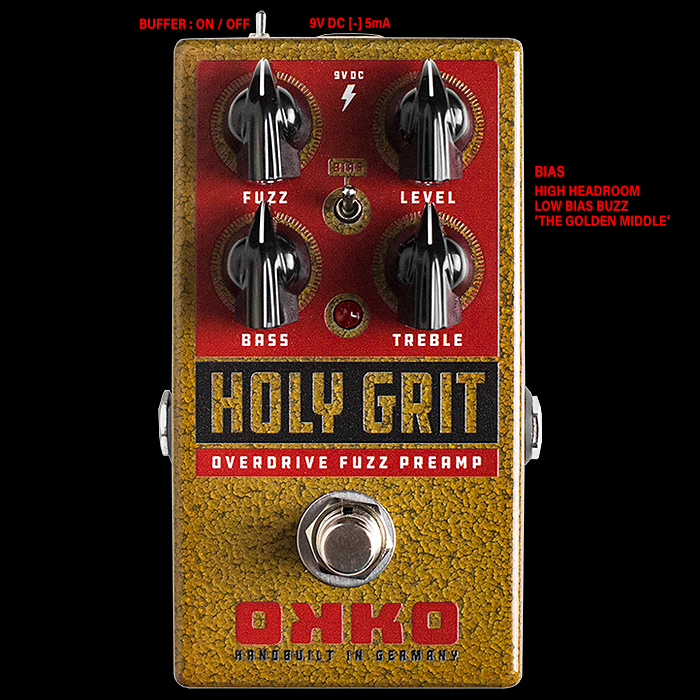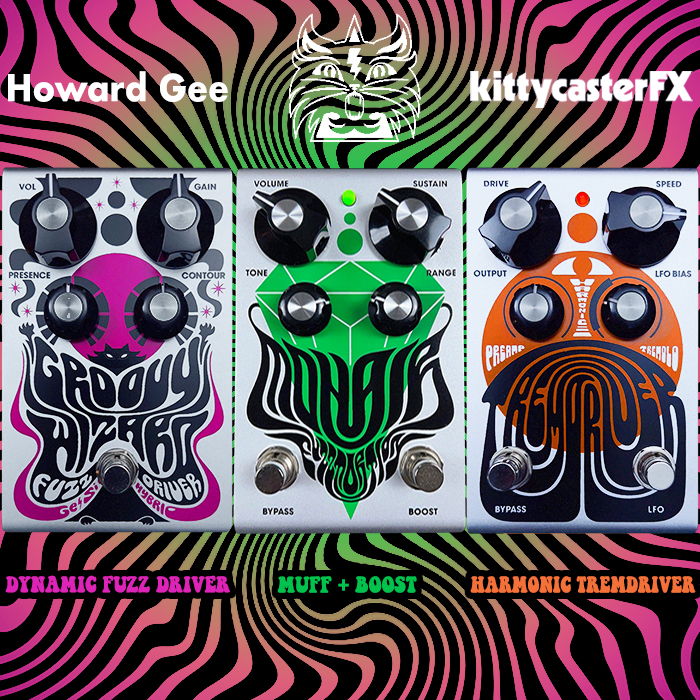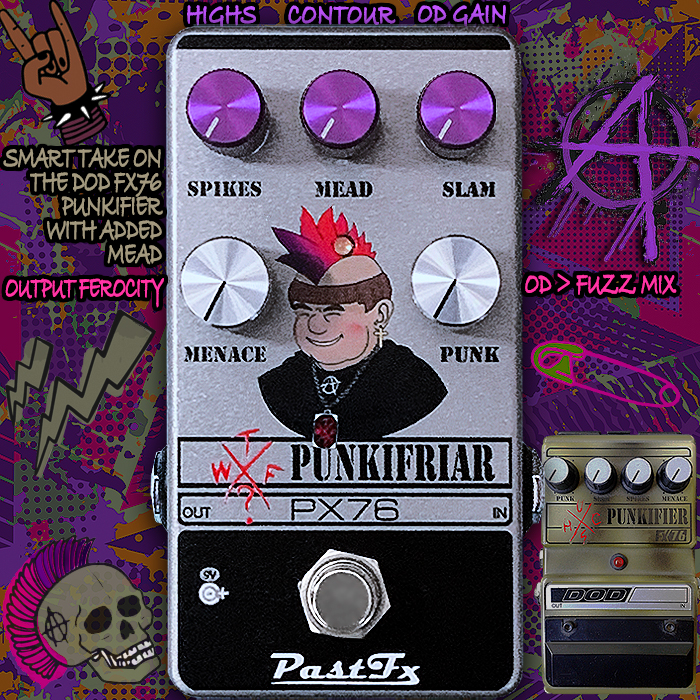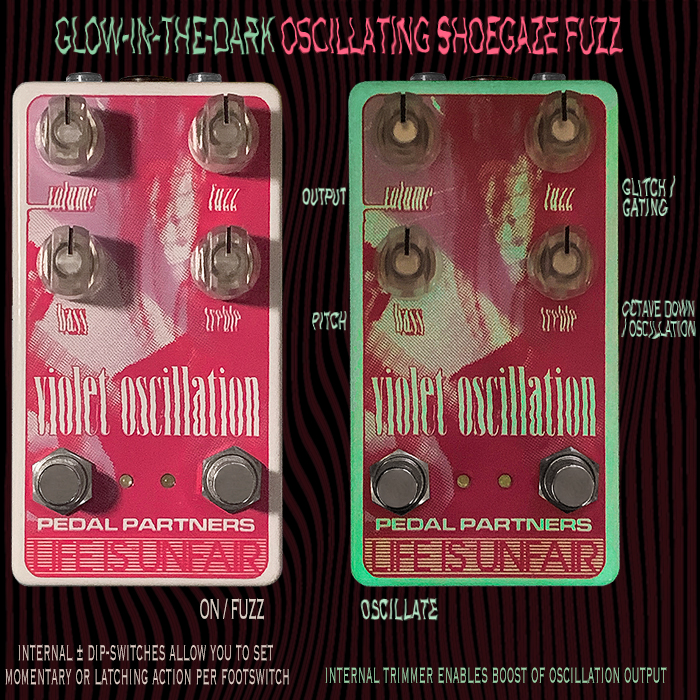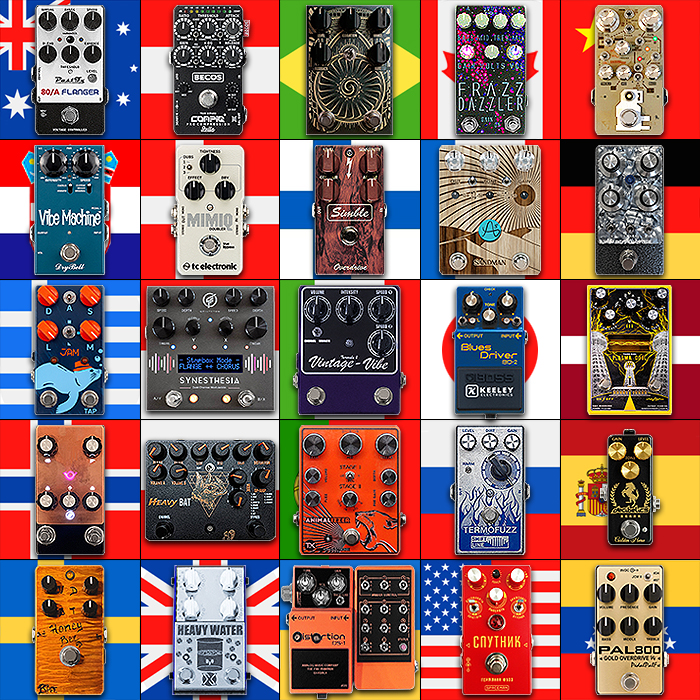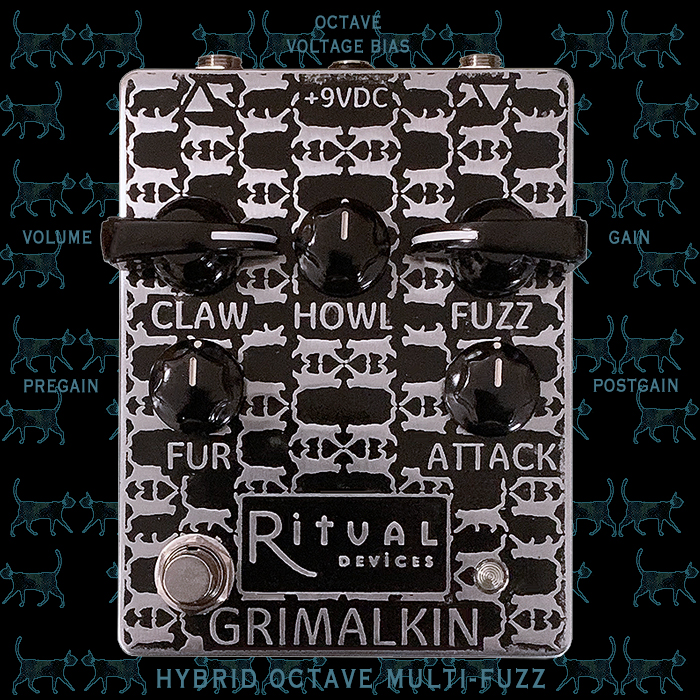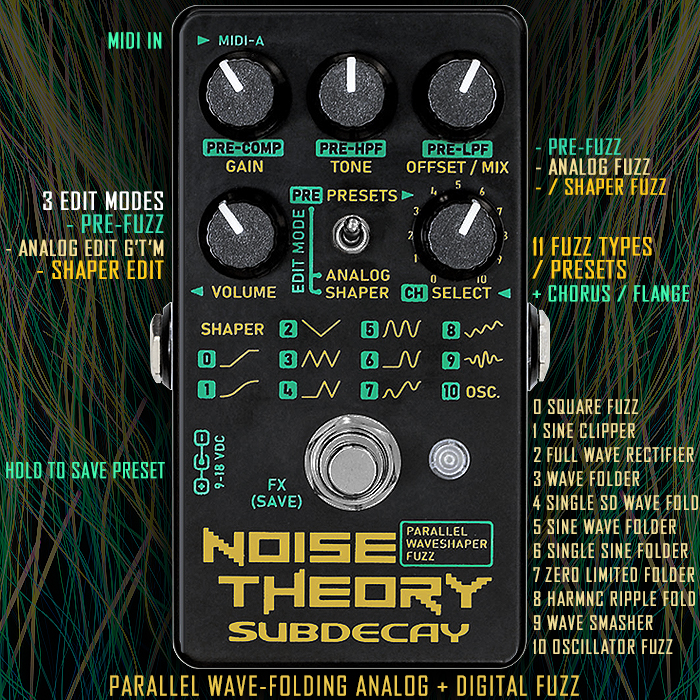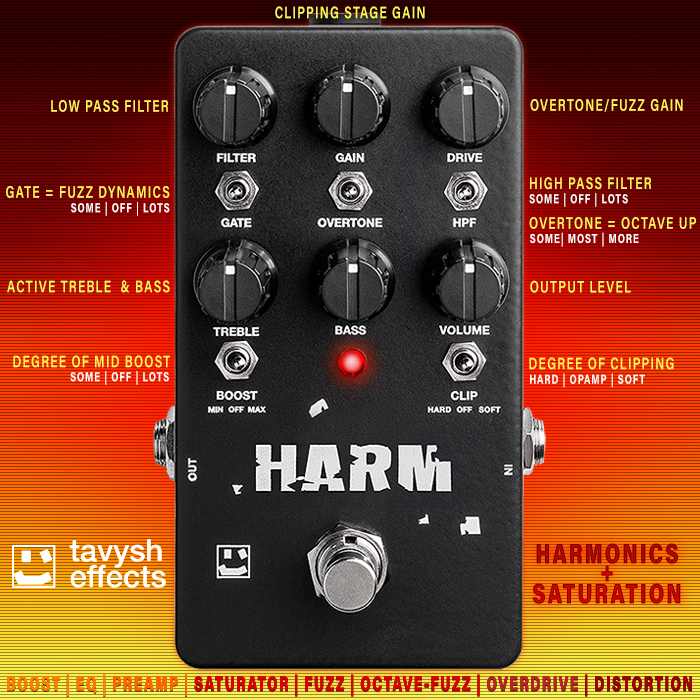29 Pedals' Toki Fuzz Driver is a grittier, more textured and saturating mid-gain Overdrive / Fuzz
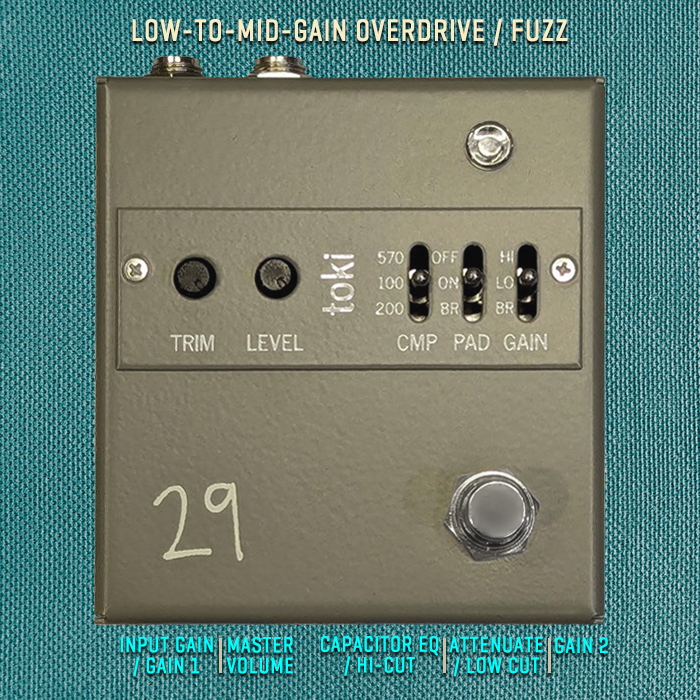
29 Pedals introduces its most characterful gain pedal to date - sharing the same control topology as the FLWR, but with a very different more fuzz-like output.
This is exactly the kind of thing I like - while there always seems to be a degree of decrypting for Jesse’s pedals - trying to figure out what the controls stand for.
At its core this is a 2 x Gain StageFuzz which uses a combination of IC’s and Transistors to achieve its unique texture. Jesse tells me the Toki is very much its own thing, and not based on any other existing fuzz circuit.
I’m still not clear on which acronym CMP is referring to - but it’s do with selecting different Capacitors / Degrees of Capacitance - which essentially yield different degrees of Hi-Cut - with 100 being the least cut, and 570 the most cut / smoothest / darkest. Actually Jesse has clarified that the ’CMP’ stands for ;High Frequency Compensation Network - which indeed consists of switching capacitors as described.
I’m almost exactly sure that PAD stands for Passive Attenuation Device here - another kind of signal cut - that impacts both Gain and EQ of the output.
Controls - Trim (Input Gain / Gain Stage 1), Level (Master Volume), CMP / Hi-Cut : 570 (Most) / 100 (Least) / 200 (Moderate), PAD (Passive Attenuation Device) : Off (Most Gain + Brightness) / On (less gain, low-cut / tighter) / Bright (On with Bright Boost), Gain Stage 2 : Hi Gain / Lo Gain / Lo with Bright Boost.
Essentially Trim (Gain Stage 1) and Gain (Gain Stage 2) set the character of the output - Overdrive / Fuzz, while CMP and PAD are more EQ / Dampeners essentially.
Via controlling those 5 controls in various ways you get an interesting range of slightly gritty gain textures with a significant degree of saturation. The intriguing part of this circuit is that certain moves will boost and brighten the output, while others will soften, dampen and attenuate the output. Another really cool puzzle box of an effects which is relatively easy to control because of its just 2 granular controls.
I really liked the Flower, it has some lovely textures, but I went back to the Strymon Riverside on its greater degree of range / versatility - and on-the-fly step-up ability. I feel I would really enjoy this Toki - as readers know I’m a huge advocate of Fuzzy-Drive style circuits - which this one very much is.
I would have liked to have known more about the inner workings of the circuit - and which discrete components generate the tone - while overall this is another intriguing effort from 29 Pedals. It goes for $269.99 on the Believable Audio 29 Pedals Webstore (c.£216). I will for sure be picking one up in the new year!

Demos







